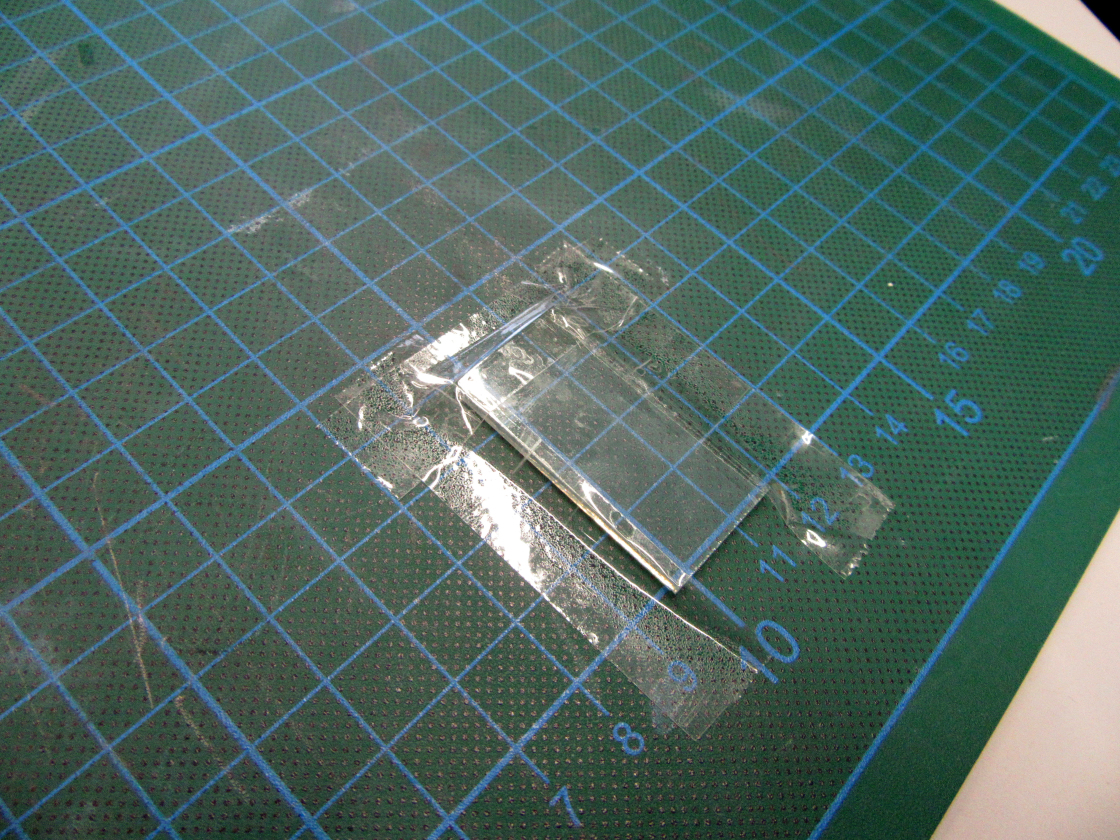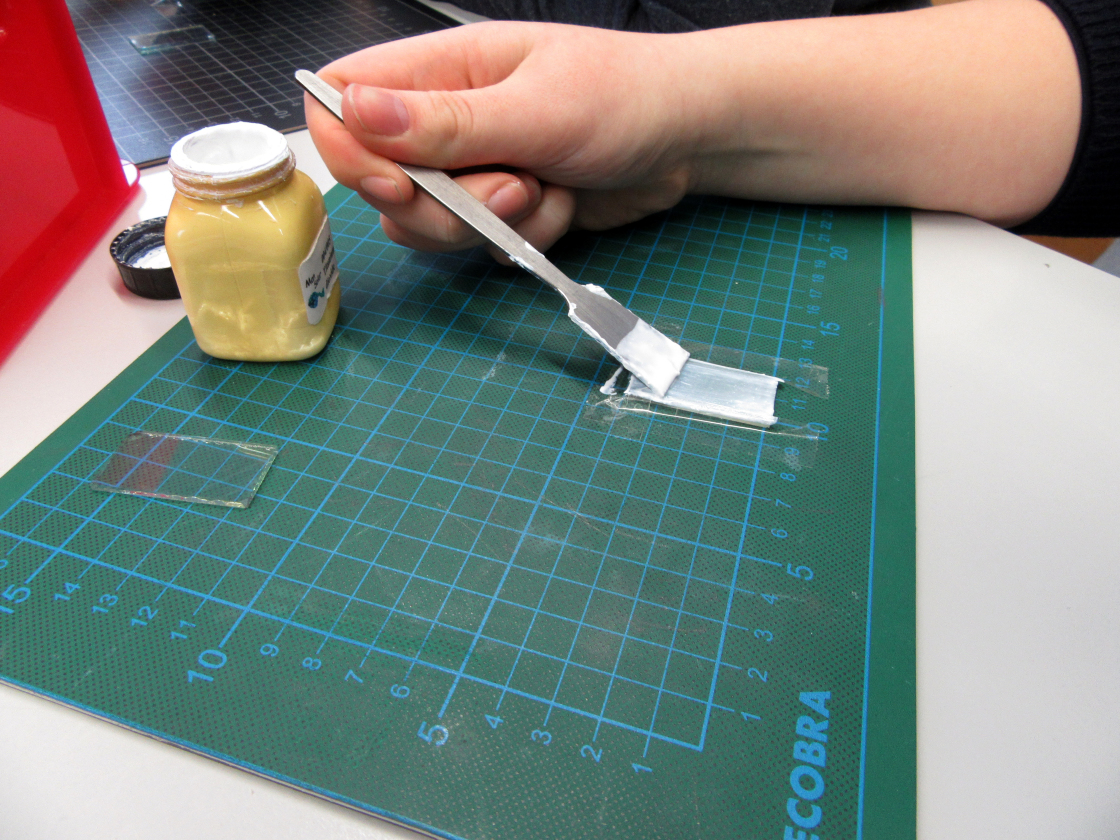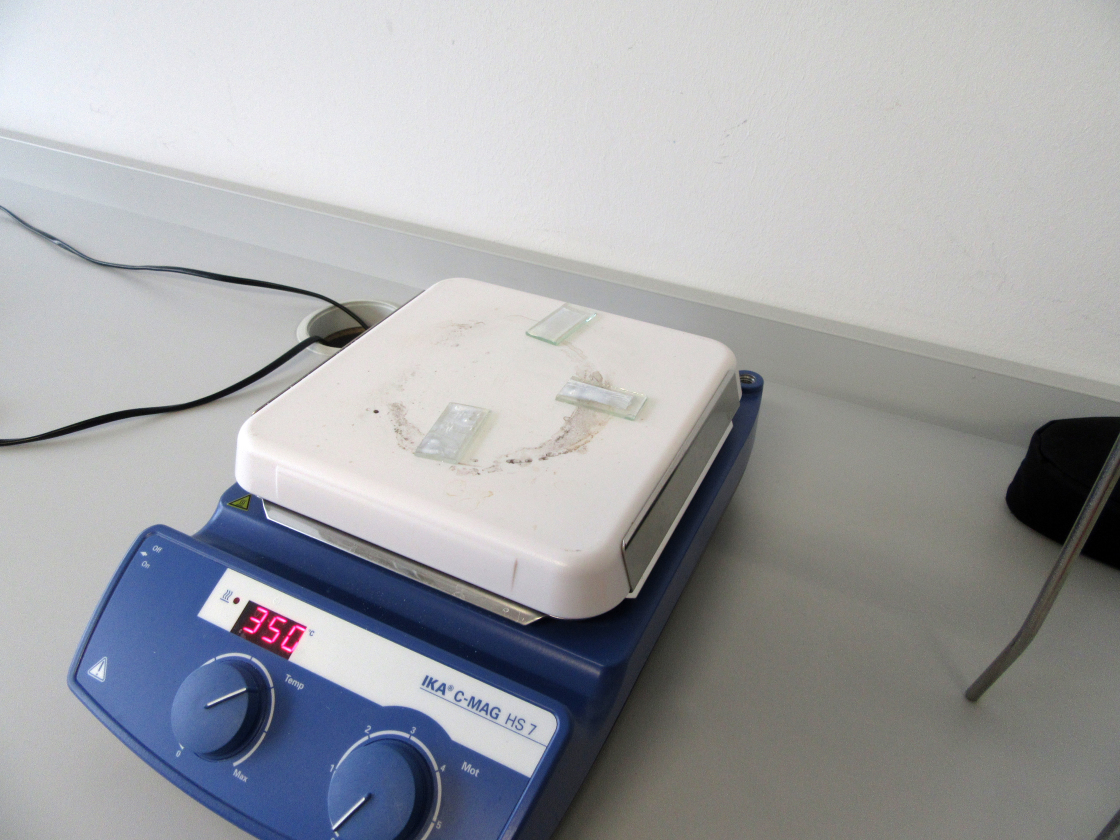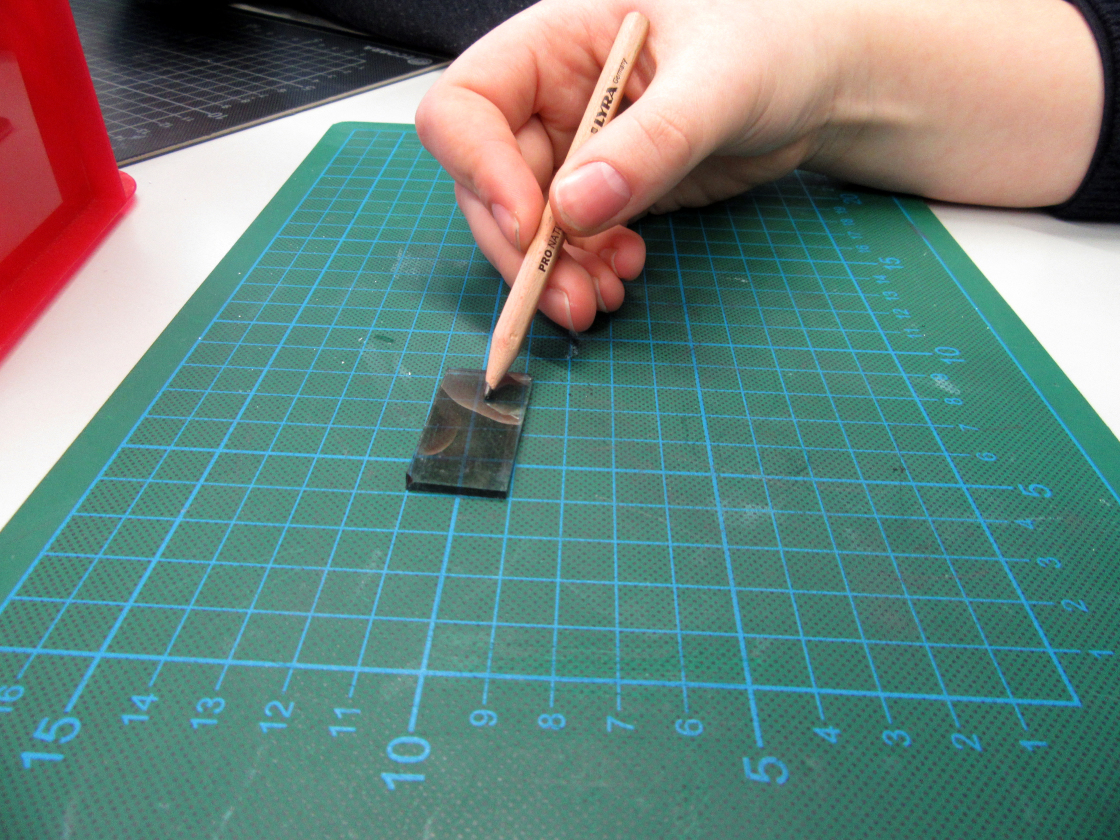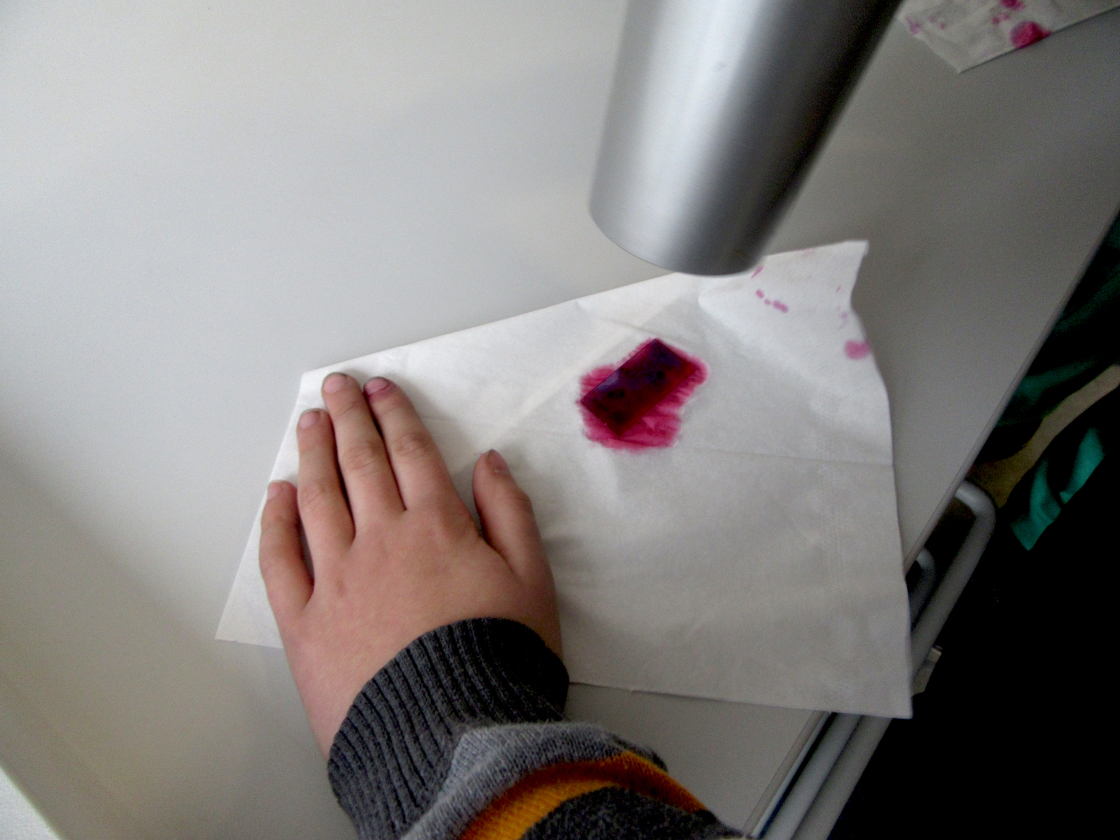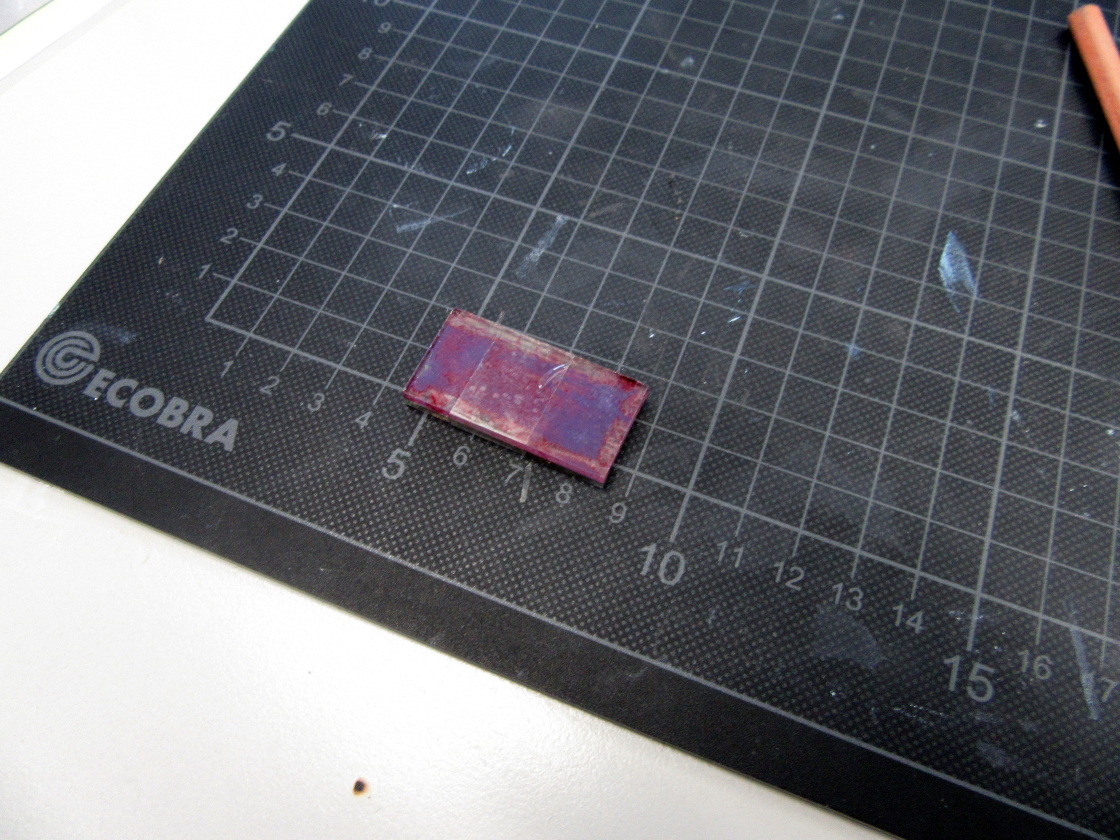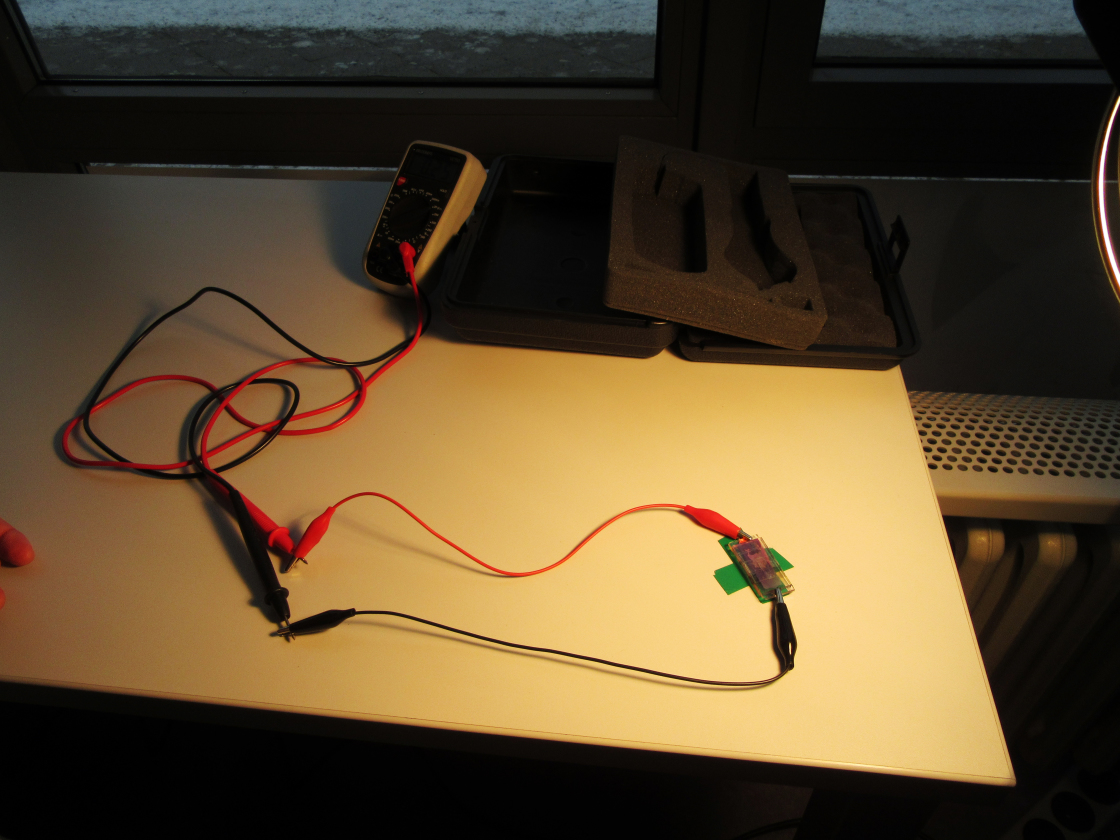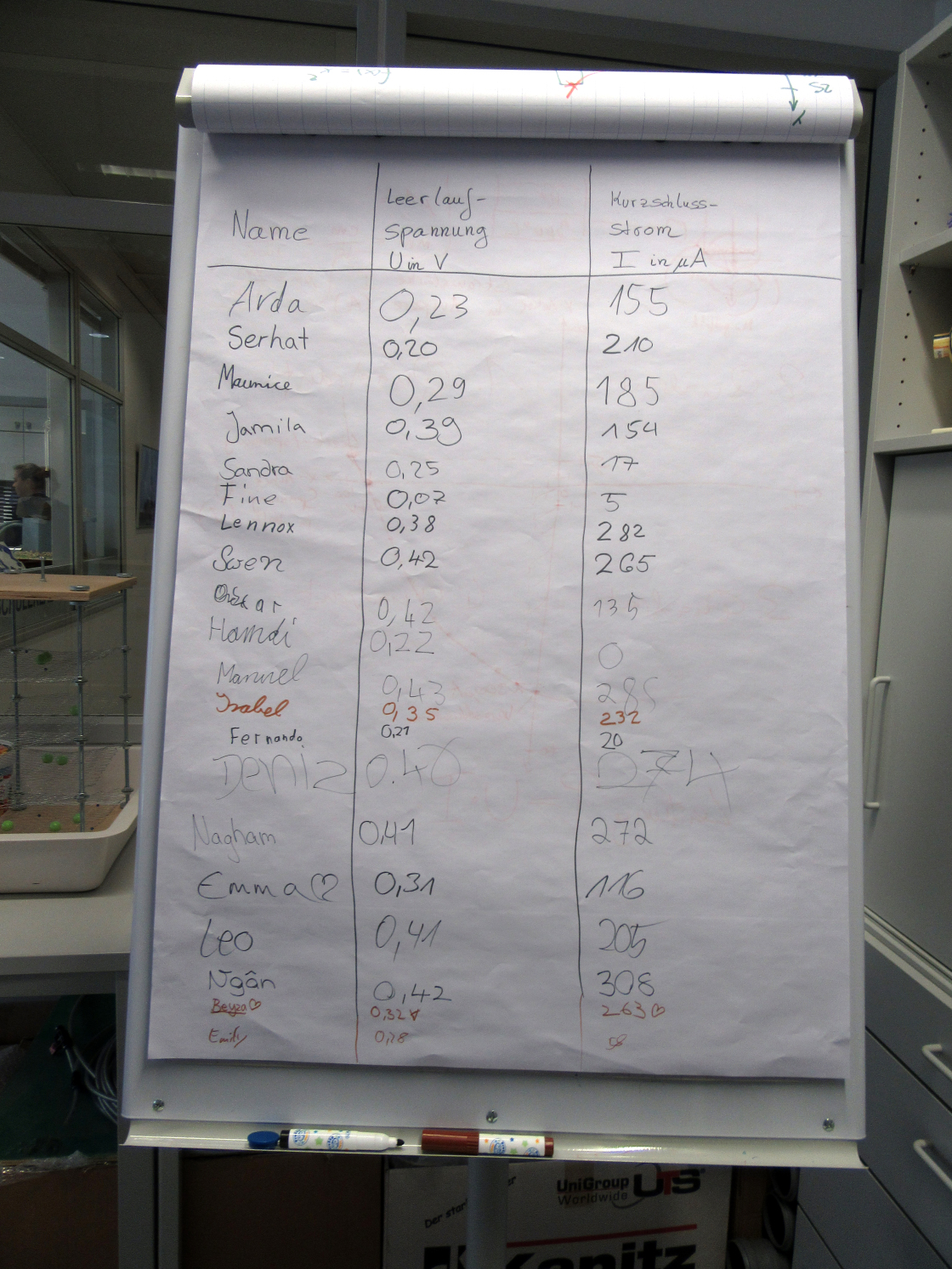School Lab
A Fifth Grade Builds Solar Cells!
What are solar cells? What do you need them for? Ulrike Witte answered these questions with a short lecture. She explained this with pictures that became visible piece by piece and let the students guess. This way, the pupils could participate from the very beginning.
Then the practical part began: the children were allowed to build small solar cells themselves, so-called dye solar cells. For this, two small pieces of glass are needed. These must be coated with a thin layer of tin dioxide so that they conduct electricity. Otherwise, you could not harvest the electric current that is generated in a solar cell.
But back to the manufacture of the solar cells. Liquid titanium dioxide is spread on one of the glass plates. You could also use toothpaste here, because it contains a lot of titanium dioxide. On the other hand, there are many other things in toothpaste, like the taste or colored stripes, which you don't need.
To dry the titanium dioxide, the platelet is placed on a hot plate so that the liquid evaporates. When the whole thing has cooled down, the glass plate with the dried titanium dioxide needs to be put into red hibiscus tea.
After two minutes, the pieceis taken out again and dried with a hairdryer. Using a towel would have damaged the applied layers and reduced the efficiency of the solar cell. The second piece of glass is painted with a pencil to apply a layer of graphite. Then both pieces of glass are pressed together with the coated sides facing inwards and stuck together with adhesive tape.
A liquid, the so-called electrolyte, must now be inserted between the glass plates so that the electrical current can flow. This completes the Farbstoffsolarzelle.
Now the children could measure how much voltage and how much current their self-made cells produce. Afterwards, they all compared their readings. "So, how much do you have?" could be heard shouted around the room.
After a short break, we continued. The children were able to visit three different stations in small groups. At one station, all the solar cells in the group were connected together and they tried to use them to power a calculator. The children were very amazed that it worked and wanted to test the calculator right away. They were also able to test solar toys.
At the second station, the children could try out how much energy they generate by riding a bicycle. Many found this very strenuous. They also compared their results with each other. "So, what did you run, one, two, three or four light bulbs?"
The last station was about how a solar cell works. To do this, the children first put together the cross-section of a solar cell from puzzle pieces. Many found this quite simple. Then came the explanation: There are electrons in the hibiscus tea, which get energy from the light. They migrate into the titanium dioxide layer. Thus they are missing from the hibiscus tea, which steals the electrons from the electrolyte. From the titanium dioxide layer the electrons go into the coating of the glass. They travel through a cable to a load, perhaps a light bulb, and back again through a cable into the graphite layer. Then they move back into the electrolyte, where a few electrons are missing. In the hibiscus tea, other electrons get energy again from the incident light and migrate into the titanium dioxide layer. Then everything starts all over again.
The children and I enjoyed the day very much and we learned a lot. I can only recommend the day.
Anna Hauschild, student intern.
Anna did her high school internship in the Public Relations Department at Helmholtz-Zentrum Berlin. She was also able to take part in the solar energy project day in the school laboratory, which was designed for a 5th grade class.

